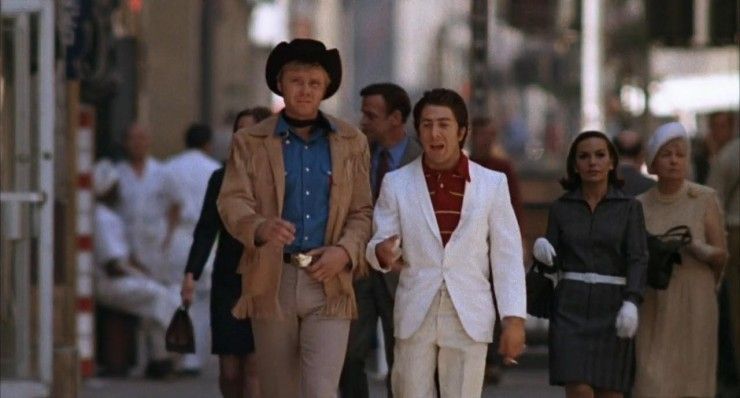
Are you a fan of the New Hollywood era?
We often talk about films impact on us when we discuss the importance of cinema, but it is infrequent discussed how society and culture are also shaped by the movies that are created for us to watch.
Audiences are constantly evolving. As new generations come of age, thoughts, feelings, and perspectives change, and, as a result, the art and entertainment reflects those changes. For a film to truly resonate within a culture, it needs to align with some collective emotion within that culture. For example, the Czechoslovak New Wave was partially a result of pressure for social and political reform within the Communist Party.
However, the relationship between art and society is hardly one-sided. Change and art often respond in a cyclical, yet progressive manner. We are drawn to stories that mirror their frustrations with the society we live in, and at the same time, those stories have the power to affect and change us. The stories we tell evolve as we evolve, and vice versa.
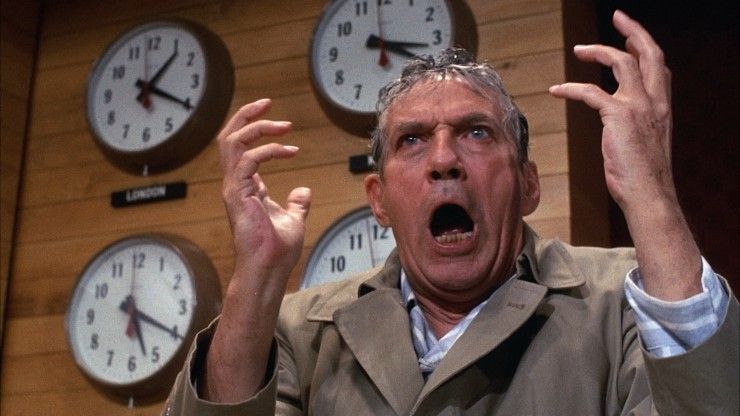
This very relationship between art and society is what gave rise to the New Hollywood film movement — as it did many other movements around the world — and it’s the examination of said relationship that makes Little White Lies’ video on the topic a fascinating watch. Though brief, this video is an informative look at how some of the most celebrated films and filmmakers in cinema history came out of a time when societal discontent was directly reflected in the preferences of movie audiences. The video is a must-watch for anyone interested in expanding their knowledge of film history within a sociological context.
The Beginnings of New Hollywood
As baby boomers were coming of age, movie audiences were becoming younger and more adventurous, and they were opting for the arthouse films of European cinema over studio films. Studios didn’t know how to react to the shifting demographics, and film after film began to flop at the box office.
Old Hollywood needed change, that much was clear. Studios began relinquishing control to young directors in hopes of capturing these arthouse audiences, allowing for greater risk-taking and broader innovation. This is what marked the transition to the New Hollywood era.
Since these productions were director-led rather than studio-controlled, directors like Martin Scorsese, Francis Ford Coppola, and Michael Cimino were able to use innovative techniques to tell boundary-pushing stories that still promised commercial success. Some of these films were so influential at the time that they became deeply ingrained in the cultural subconscious today. Even if you haven’t seen a movie like Taxi Driver, you still may have stared in the mirror on occasion and asked, “You talkin’ to me?”
Of course, audiences still love familiarity, and Old Hollywood was not completely left to ruin.
New Hollywood films cherry-picked characters, genres, and visual ideas from the preceding period, using them in new ways to reflect the sentiments of its disaffected younger audiences. Often, this meant focusing on outsiders who pushed against social norms. Films like Bonny and Clyde and The Graduate took boundary pushing themes and made them palatable to general audiences by placing them in a familiar genre or a comfortable setting.
These films also began to feature characters living on the fringes of society. Midnight Cowboy, a movie about a male prostitute, became the first X-rated movie to be nominated for an Oscar. With Easy Rider, the counterculture was not only introduced to the American mainstream, but it was also unabashedly endorsed.
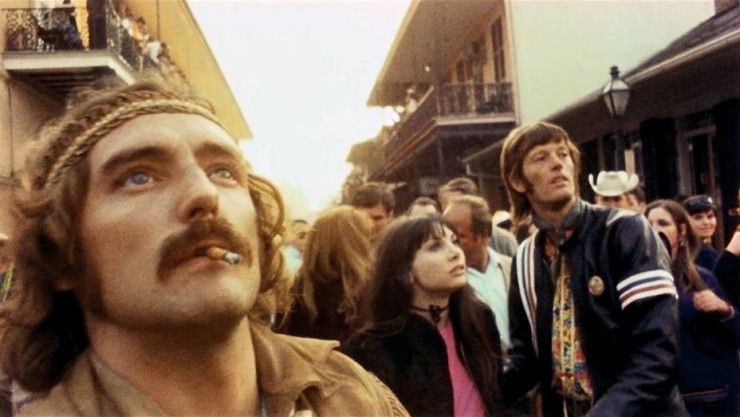
Crime, War, and the Truth of New Hollywood
Crime became a recurring feature across the New Hollywood era and was, in part, a criticism of America’s societal issues at the time, marked by rampant inflation and institutional distrust.
Dog Day Afternoon is a film based on a true story in which the crime elements of the narrative mask a deeper societal dissatisfaction. One of the most iconic moments of the film happens when Sonny whips up the gathering crowd by chanting, “Attica” at the police, referring to a recent prison riot at the upstate New York State prison in which the police were condemned for their brutality. So, too, Sonny’s transgender lover is a prominent character in the film — a rarity still today — and further defines his character as an “outsider.”
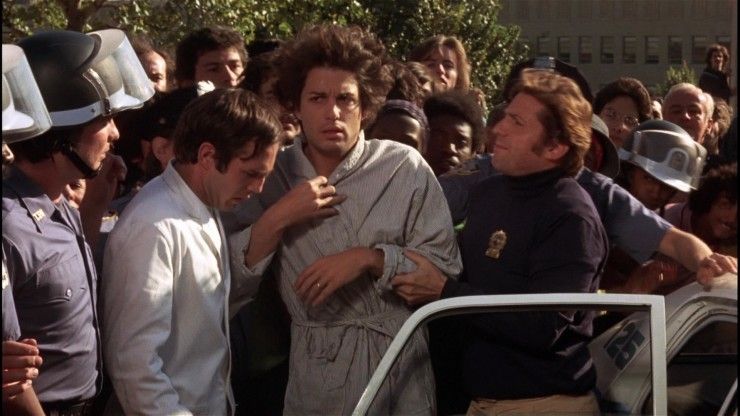
Similarly, the horrors and effects of the Vietnam War are themes that appear throughout the New Hollywood era. Francis Ford Coppola’s Apocalypse Now is probably the most iconic Vietnam War movie, but multiple Vietnam veterans feature as characters to varying degrees across other New Hollywood films as well.
The most lasting portrait of the impact of the war at home is Michael Cimino’s The Deer Hunter. The film is an impactful handling of a then-taboo topic in America — how young men’s lives were forever changed by their experiences in the Vietnam War.
Though the studio braced for massive financial losses due to The Deer Hunter’s hefty runtime, the film was a massive critical and financial success. Cimino became the poster child for a film movement that placed risky auteurship above all else.
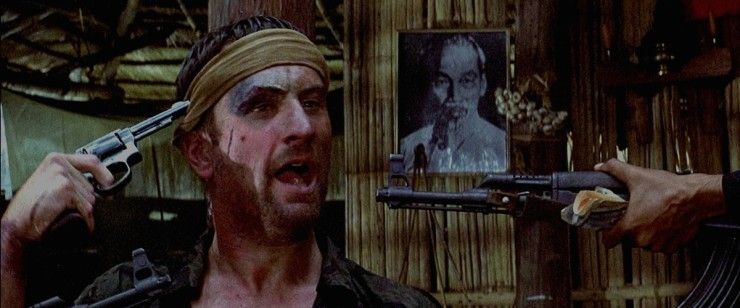
Just two years after the release of The Deer Hunter, Heaven’s Gate, another costly gamble by Cimino, flopped at the box office, bringing the movement crashing down. Film movements have their place in cinema history. They hold a mirror to society, and, in some ways, society holds a mirror back to cinema. The tides of filmmaking are always shifting.
In the meantime, it is important to remember that we have the power to influence the output of the industry as much as its output has the ability to impact us. This is one of the most valuable lessons we can take away from the New Hollywood era.
Let us know what you think of the New Hollywood movement in the comments below!
Your Comment